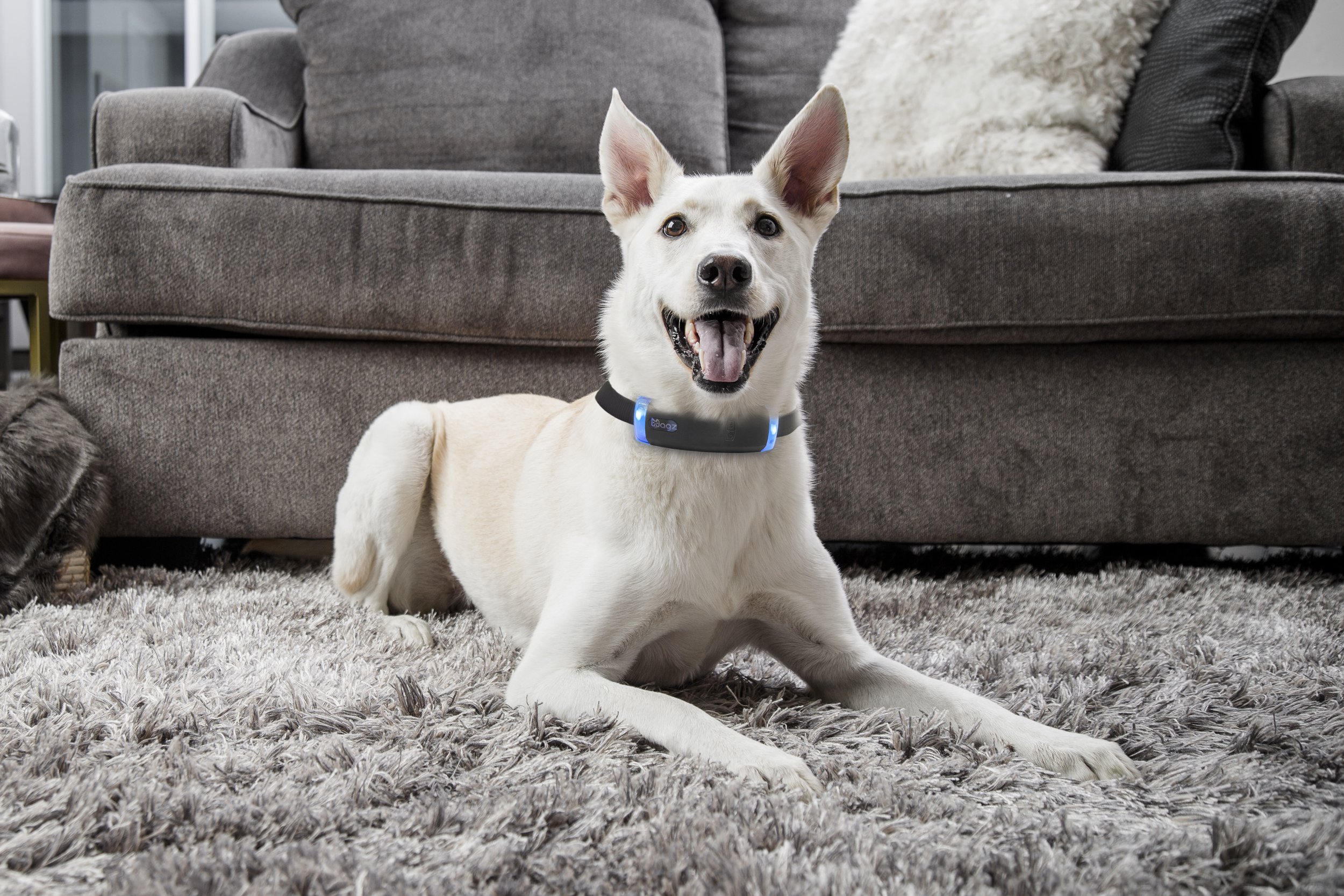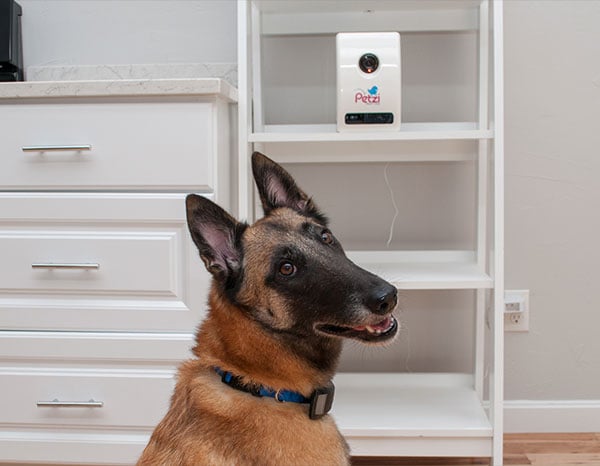
Although dog has been humankind’s best friend for hundreds of years, the relationship between human and pet is stronger than ever. Pets have been elevated to a different status. No longer mere lifetime companions, they are now considered family members.
As pets are seen more as family, their pet owners ensure they are treated no less than that. In 2017 alone, pet owners spent more than $70 billion on their pets. These days, spending is no longer limited to household necessities. Now pet owners can purchase luxury items, such as clothing, custom dog art prints, and the more perplexing wine for cats and beer for dogs. However, there’s one specific industry that’s growing: pet tech.
For years, humans have developed technology to improve their lives, but pets, too, are becoming the beneficiaries of technological advancements. Pet tech is particularly prevalent in three specific categories safety, entertainment, and health.
Pet Tech in Safety
Safety is top of mind for many pet owners, and pet tech devices reflect that. Smart collars are one example, providing relief to those who fear losing a wandering pet. Many of these smart collars contain location tracking. The more high-end smart pet products, such as the Wagz Smart Collar, include HD video-activated bark alerts, real-time activity data, and—yes—calorie burn data.
Smart doors are another example, usually containing HD motion alerts, ID-activated entry and exit, and even a scheduling system that allows owners to schedule the times when their pets can leave their homes.
Pet Tech in Entertainment

According to a Capstone Headwaters findings reported by Forbes, 35 percent of pet owners are millennials. These very millennials, which are defined to be aged 22 to 37 years old, are at a time in their lives when they are either working full time, raising a family, or both. For this reason, many pet owners have very busy lives, some even spend hours away from home.
There are a handful of products that exist to entertain pets left alone. There are interactive laser toys that entertain felines for hours. There are electronic feather teasers that cats can chase and paw at. There are also smart treat dispensers that allow owners to watch their pets, speak to them, and even toss them treats.
Pet Tech in Health
Safety may be top of mind, but health is an absolute necessity. Products like smart feeders regulate pets’ diets so that they don’t overeat or miss a meal. Self-cleaning cat litters not only keep a household smell-free but also maintain a clean bathroom space for felines. There are even apps that provide owners with their pets’ activity levels, vital signs, and alerts for veterinary appointments.
The Future of Pet Tech
 Pet technology is likely to become more ubiquitous in people’s day to day lives, as pet tech startups receive funding to grow their services and products. In January of 2018, Softbank Vision Fund invested $300 million in Wag, a mobile app that offers on-demand dog-walking services. Other pet tech companies, including Rover and Petnet, are also attracting the eyes of investors.
Pet technology is likely to become more ubiquitous in people’s day to day lives, as pet tech startups receive funding to grow their services and products. In January of 2018, Softbank Vision Fund invested $300 million in Wag, a mobile app that offers on-demand dog-walking services. Other pet tech companies, including Rover and Petnet, are also attracting the eyes of investors.
William Allen, an investment banker with Auctus Group, believes health-related products to be the most attractive category for investors.
“Health is a necessity, whereas some of this other stuff is just about convenience,” Allen says in an interview with Forbes.
Of course, owners who love their pets want them to live long, healthy lives, so it’s not surprising that health is attracting the interest of both investors and consumers. However, the desire to improve the health of pets isn’t the only reason the pet tech industry is likely to grow within the next few years. Convenience also plays a role. So does the ubiquity of technology and pets’ elevation in status to family members. So long as pets and the owners who love them exist, pet tech will continue to grow.